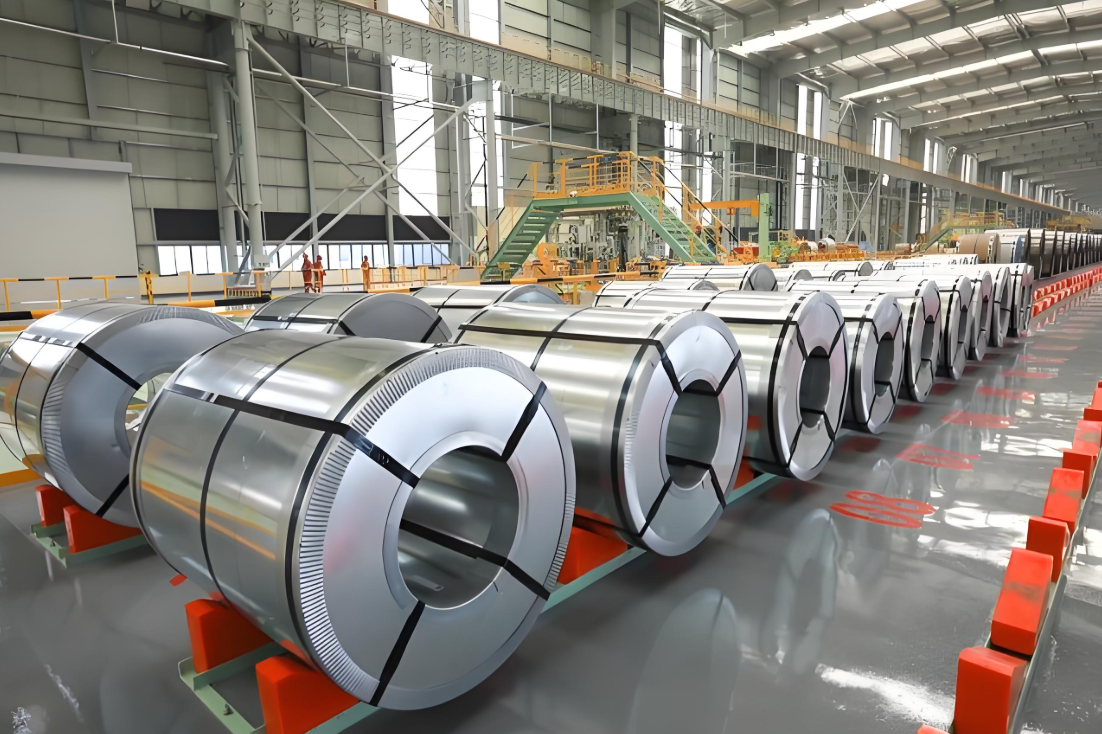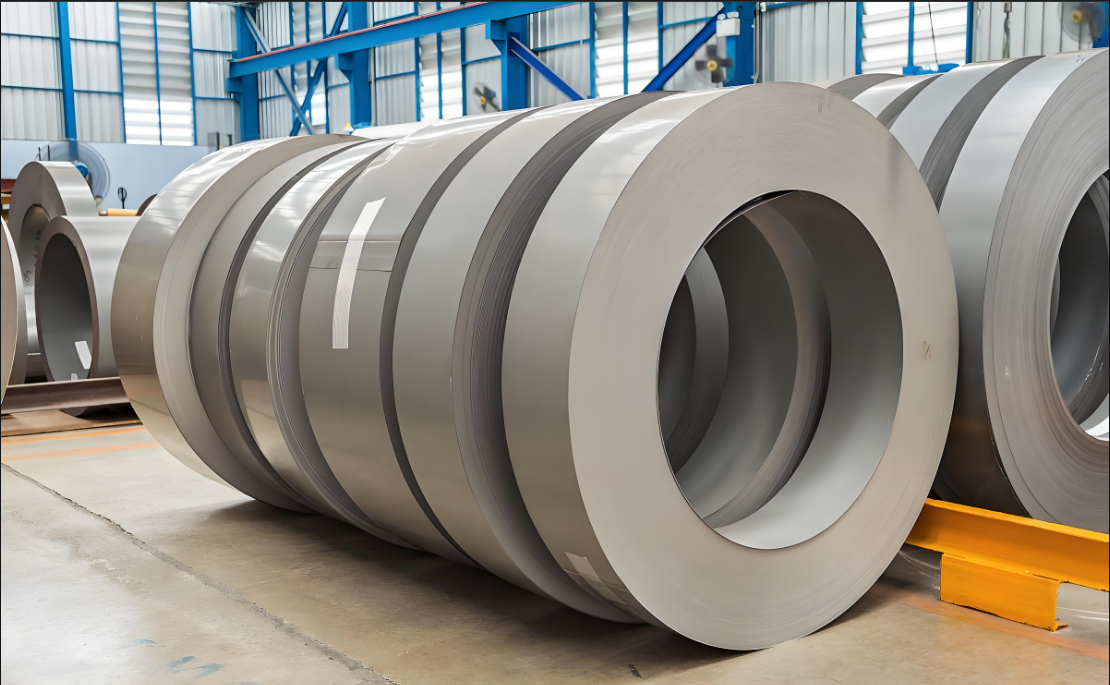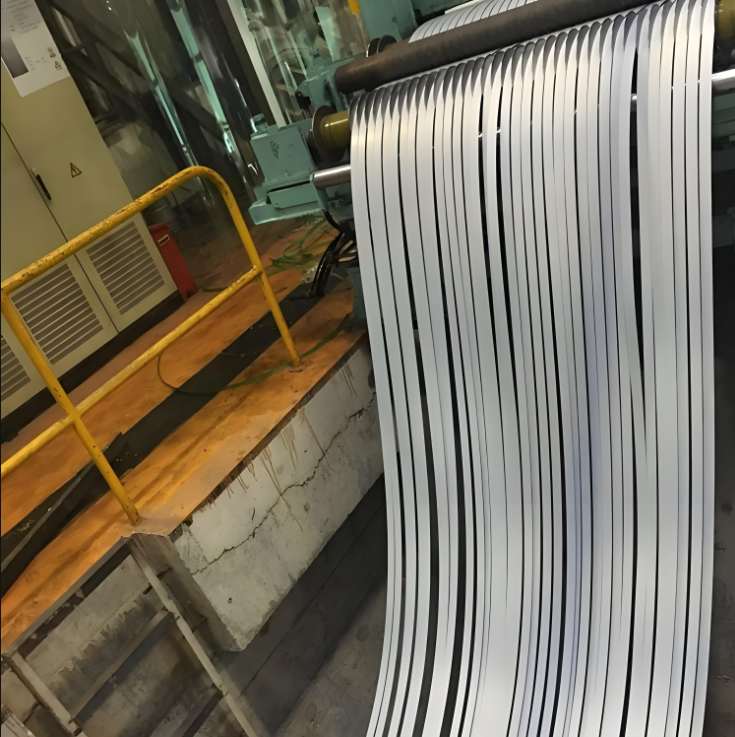
It is the "blood" of the power system, the "nerve" of the motor, and the "soul" of the transformer, but it is rarely paid attention to. From urban power grids to high-speed trains, from wind power generation to household appliances, silicon steel supports the operation of modern civilization in an almost invisible manner. Today, let us unveil the veil of this mysterious material.
Silicon steel, scientifically known as electrical steel, is an alloy steel plate with a silicon content of 0.5%-4.5%. Its birth can be traced back to 1900, when British metallurgist Hadfield first discovered that silicon can significantly improve the magnetic properties of steel. This seemingly ordinary steel plate is actually a special functional material formed by precisely controlling the crystal structure.
The core characteristics are its unique electromagnetic properties: low iron loss, high magnetic permeability, and strong magnetic induction. These characteristics make it an ideal material for manufacturing motor and transformer cores. A transformer made of 1 ton of high-quality silicon steel can reduce power loss by the same amount as the daily electricity consumption of 3,000 households each year.

Silicon steel production is the crown jewel of t he metallurgical industry. During the smelting process, the silicon content must be precisely controlled within the range of ±0.03%, and impurities such as sulfur and phosphorus must be less than 0.005%. The hot rolling process uses a three-stage controlled rolling technology to accurately cool the slab from 1200℃ to 850℃, forming a uniform {100} texture crystal.
The cold rolling process is even more sophisticated. A 0.3mm thick steel plate needs to go through 7 rolling passes, and the deformation amount each time is accurate to the micron level. The final annealing treatment is carried out in a hydrogen and nitrogen protective atmosphere, and a perfect Gaussian texture is formed through secondary recrystallization. This process difficulty means that only more than a dozen companies in the world can stably produce high-end silicon steel.

In the field of power systems, silicon steel constitutes a neural network for energy conversion. UHV transformers use 0.23mm thick oriented silicon steel, which has a magnetic induction intensity of up to 1.92T, which can reduce the loss of thousands of miles of power transmission by 40%. New energy vehicle drive motors rely on 0.27mm non-oriented silicon steel to achieve an energy conversion efficiency of more than 97%.
The home appliance field is the main battlefield for silicon steel. A variable frequency air conditioner compressor uses 1.2kg of silicon steel, and the hysteresis loss is reduced by 60% compared with traditional materials. Even a small mobile phone wireless charger, its nanocrystalline silicon steel magnetic core can increase the charging efficiency to 84%.

The third generation of high magnetic induction silicon steel (HiB steel) is rewriting industry standards. Through laser scoring technology, core loss is reduced by another 15%. The 20SQGD065 grade silicon steel developed by Hitachi Metals has a magnetic induction strength of over 2.03T, breaking the physical limit. These breakthroughs save about 40 billion kWh of electricity worldwide each year, equivalent to the power generation of the Three Gorges Power Station in half a year.
The trend towards ultra-thinness is also eye-catching. 0.1mm-thick ultra-thin silicon steel strips have been used in high-frequency transformers to meet the 24GHz operating frequency requirements of 5G base stations. The environmentally friendly self-adhesive coating developed by Baosteel increases the surface insulation resistance of silicon steel to 120Ω·cm² and extends its service life to 40 years.
Driven by the dual-carbon strategy, silicon steel has ushered in a historic opportunity. The demand in the wind power sector has increased by 25% annually, and each 5MW wind turbine consumes 85 tons of high-grade silicon steel. It is estimated that by 2030, the global demand for silicon steel for new energy vehicles will exceed 5 million tons, giving rise to a market scale of hundreds of billions.
Technological iteration continues to accelerate: amorphous alloys challenge the energy efficiency of traditional silicon steel, but the cost is three times higher; nanocrystalline materials seize the high-frequency market, but are limited by the difficulty of preparation. In this silent material war, silicon steel is consolidating its king status through process innovation, providing eternal power for the electrification process of mankind.

High EQ Person in Hongwang
2021-06-17Hunan Hongwang’s Silicon Steel is coming soon
2022-08-17The Center Of Attention--Hongwang Black Ti Series
2023-07-10Hongwang's intelligent made,A stunning appearance at the 133rd Canton Fair
2023-04-23New Anti-Finger Print Stainless Steel with Better Properties
2020-09-10Fujian Hongwang Happy Hour in Food Fair
2020-09-10






